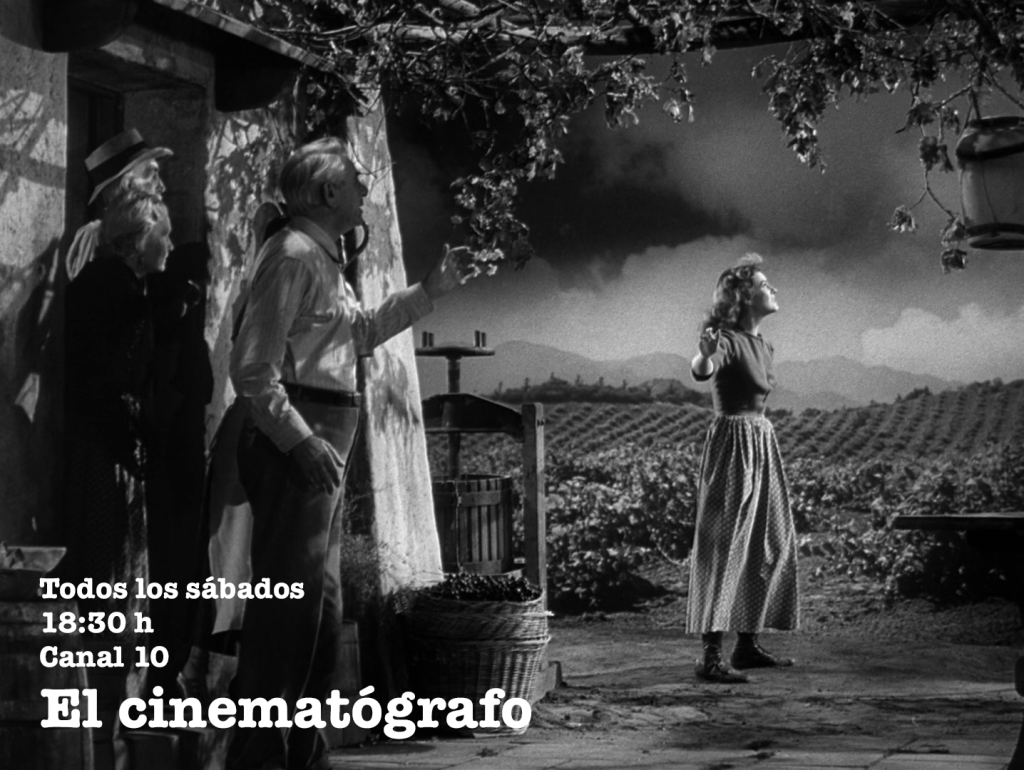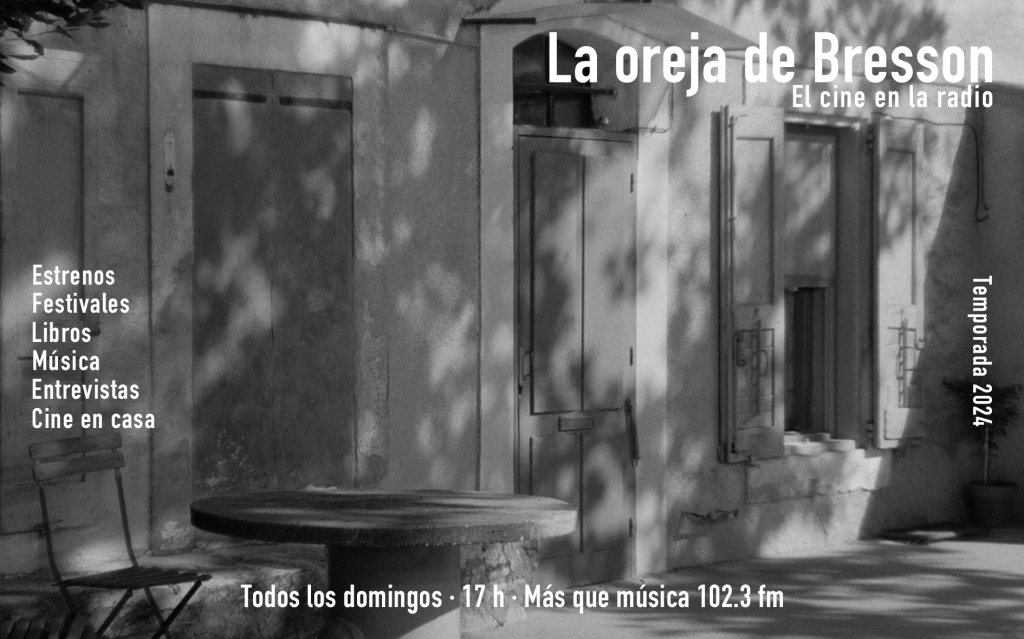
NOBUHIRO SUWA: THE FILMMAKER OF INTIMACY
Intimacy, such a strange word. It entails a suspicious topology which is derived from a long tradition establishing a clear difference between the inner and the outer. However, beyond this dubious epistemology which establishes a separation between the world and the individual, the intimate realm is the arena where the Self exercises its own sovereignty and, also, the space of that which can happen between two people.
Indeed, a moment of intimacy is when a man, or a woman, can have access to that part of him, or her, which goes beyond the social roles he or she embodies and the usual trivialities in which a lifetime is squandered. Intimacy is an especially intense experience of the consciousness and this is why sometimes the expression “an intimate encounter” is used to refer to having sex, because a certain form of the sexual practice involves intimacy. We also say, sometimes, that we can only express those truths which we fear or cherish, or our desires, to those people with whom we share a certain degree of intimacy.
Nobuhiro Suwa filmic body of work circles around intimacy in various ways. The most evident one is related to a meticulous observation of love discord. Right since the beginning of his filmic career, Suwa has been interested in love relationships and the problems lovers have to face after time makes lack of understanding—or the discovery of incompatible desires—take root. A second approach to intimacy is determined by the invention of such experience itself, which its primary constitution, as it could be expected, begins in childhood, when
language and the interaction with the world—and the affective organization of the subject in face of the world—become recognizable for the child. There is also a third self- reflecting path to understand intimacy in which it becomes evident that cinema itself is an aesthetic form which offers a paradoxical way to approach the subject: Many intimate experiences can be filmed but, when doing so, it is necessary to point out at the limits of any form of representation; and, in Suwa’s films, this is done by marking the distance of any given image and reality or, if you will, by putting into evidence the artifice through which an intimate experience, apparently taken right from existence itself, is really an aesthetic construction.
2/Duo, M/Other, and Un couple parfait adhere to the winding affective vicissitudes which affect couples. In 2/Duo, Suwa’s first feature, a young couple is unable to build a minimally acceptable relationship. A young unemployed actor can only begin to grasp the reasons to be with someone else and, in this, he is not far away from the young clothes seller who is also unable to understand that submitting to the desire of the other in order to be part of a couple is a pathological choice. Isn’t it true that Suwa is a keen observer of those unconscious pacts which promote—more so than love—love life’s everyday pathology? Isn’t it true that Suwa is the most psychoanalytical of all Japanese directors?
M/Other, what we see happening are the complications in a couple’s libidinal economy when the man’s young child, who was living with the man’s ex-wife, has to spend a while with him and his girlfriend. The microscopic consequences of this new presence in their house are cleverly and accurately staged by Suwa, who is able to identify the changes in the characters’ subjective 195 positions and includes the child himself—which is a true feat, since this procedure takes into account, democratically, the affective effect on the woman, the man, and the child. In Un couple parfait attention is focused on the definitive end of the love among two people and the huge difficulty to accept it, especially when discord and the passions of resentment are not part of the equation of love and what one tries to assume is the exhaustion of desire (for the other).
In M/Other shots are interrupted, mainly, through the use of an aesthetic resource in which overexposing images mark the end of a scene and the beginning of another thus suggesting their poetic nature; classic film’s invisible linking of scenes is denied, not so much due to stylistic considerations but, rather, because of the director’s stance in face of cinema. This way of exposing everything contained within a shot refers to the making of a world without duplicating the matter of the world that lies beyond the film; rather, this other world provides the initial materials to build something completely different. And this is exactly what comes into play in H Story, Suwa’s film where there is a conscious intention to fail at making a remake of Alain Resnais’s extraordinary movie, Hiroshima mon amour. This attempt is the film within the film in which an ineffable filmic creature, Béatrice Dalle, rehearses and plays scenes together with a male character and these scenes remind us of Resnais’ couple and their scenes. Although, here, what we see is current-day Hiroshima (the birth town of the director, whom we also see, occasionally, in some scenes).
In this movie, Suwa makes an explicit statement of his affiliation to modern French cinema; each scene filled with the certainty—or, perhaps, the suspicion—of the incommensurability of that monstrous experience which tarnished the history of the 20th century and the fact this experience can no longer be filmed, not even through the symbolic mediation found by Resnais back in his days. Here, the mise en abyme is a sign of impotence—current cinema is uncapable of dealing with the abysm of the Holocaust and the atomic bombs (and their heinous consequences).
Yuki & Nina is a remarkable film focused on the experience of friendship. Two girls are friends and one of them has to face the heartbreak all children feel when their parents get a divorce, which in this case also entails a geographic change and the loss of the above-mentioned friendship and of their everyday lives. Added to the divorce, there is a house move and the girl has to stop living in Paris and move to Tokyo. Suwa’s efforts to delve into the experience of his two main characters are truly remarkable because childhood—that silent substratum in everyone’s life—is a far-distant, unattainable age for the adult glance. There aren’t many things more demanding than tuning the mechanical register of a camera to a child’s characteristic way to perceive.
All that has been mentioned here reaches its peak in the beautiful, and apparently candid film Le lion est mort ce soir. Here, a colossal actor, Jean-Pierre Léaud, commits himself again, ontologically, to a role in which his own physical decline is used as the tale’s central argument. Are we seeing here, over again, Albert Serra’s dying king Louis XIV? Yes and no; yes, because Serra’s film could be read as an indirect documentary on the male body and the most significant symbol of the Nouvelle Vague, and that reading, that usage, is repeated here over again; but also, no, because Léaud’s aristocratic condition in that film is substituted here by the gentle humanity of an elderly man who is still a famous actor and has assumed—wisely, perhaps—his inevitable meeting with death. As he explains to a bunch of kids who are shooting an amateur ghost film, after turning 70 one knows that one must prepare for this “encounter.”
All the other films previously made by this director reawaken in Le lion est mort ce soir. We see children, lost loves, films within films, death. The pleasure offered by the summer shots cannot be denied, and the same happens in the touching final scene, which its true ending is an infinite out-of-screen shot which alludes to that counter shot which cinema has always had to face. The other side of life is impossible to film; Suwa knows it, Léaud knows it, and, now, we know it too.
*Photos: 1. Suwa and Léaud; H Story; Yuki & Nina
Roger Koza / Copyleft 2018







Últimos Comentarios